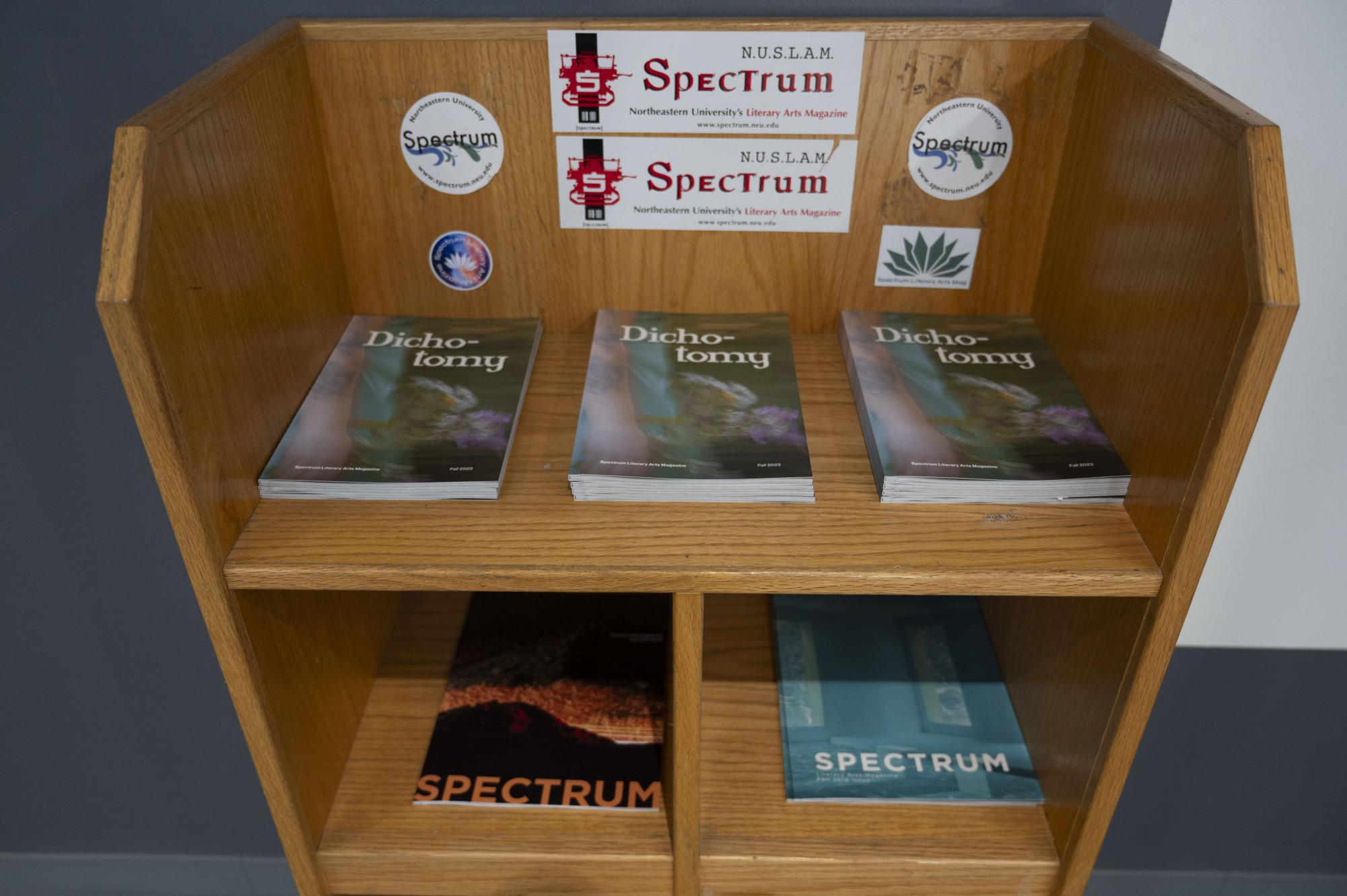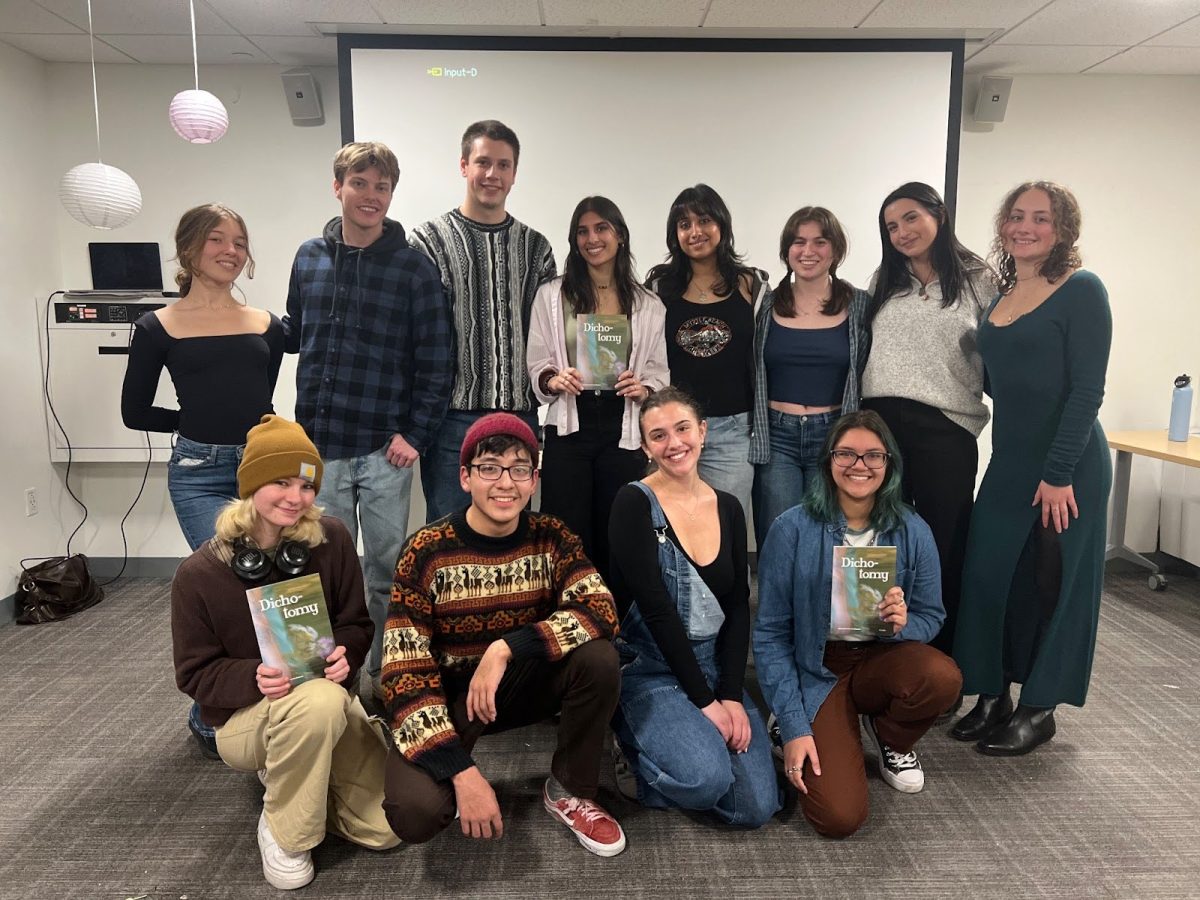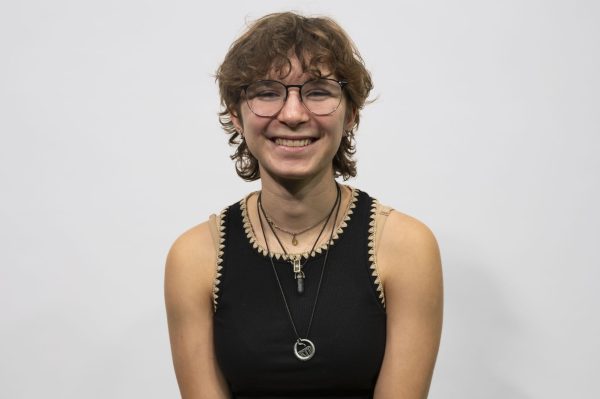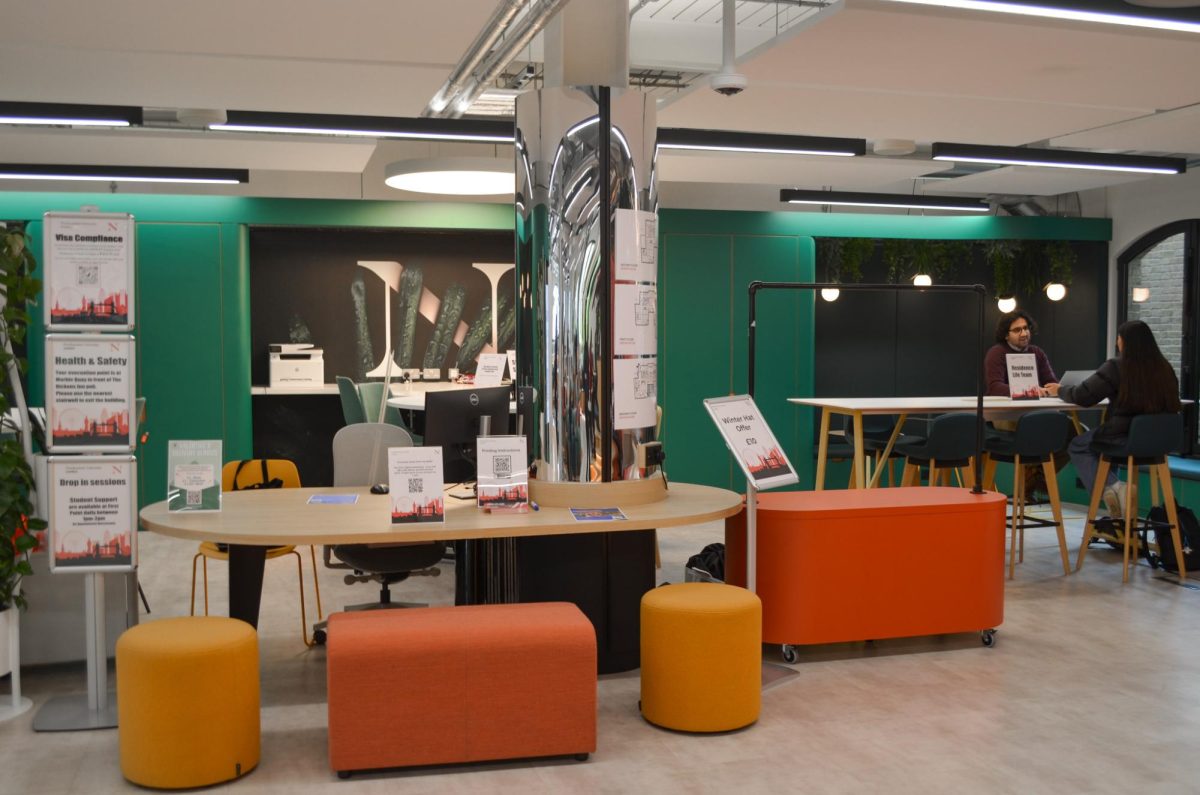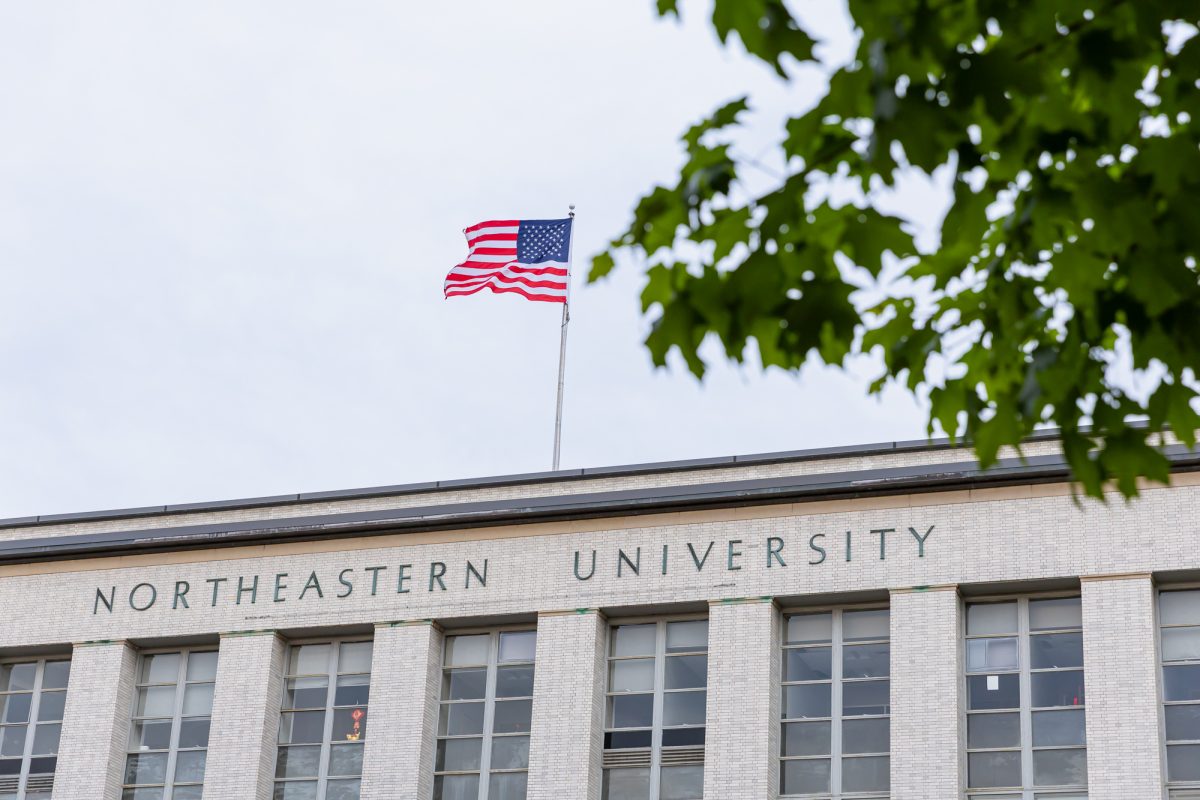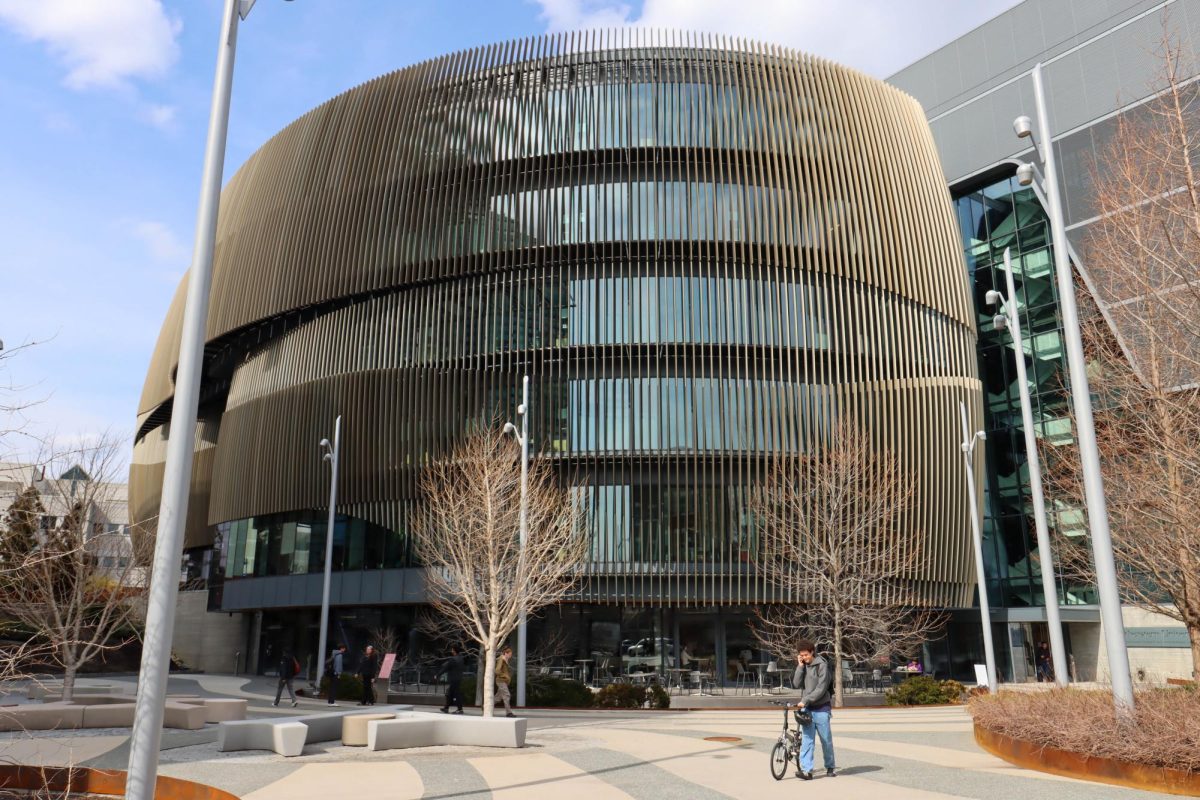Northeastern is home to over 400 clubs and on-campus organizations, but one in particular is growing quickly and getting nationally recognized for its quality of creative work.
Spectrum Literary Arts Magazine is Northeastern’s oldest literary arts magazine, highlighting creativity from students, staff and alumni. Since 1957, the magazine has published triannual issues incorporating poetry, prose, photography and artwork.
Recently, Spectrum received an award in the national Recognizing Excellence in Art and Literary Magazines competition, or REALM. The REALM competition is designed to encourage schools of all levels to develop literary magazines to celebrate the crafts of art and writing. The National Council of Teachers of English recognized the magazine as “Superior.”
“It’s nice to have that recognition and validation. It means a lot to us,” said Charles Madden, a fourth-year design major and president of Spectrum.
The magazine utilizes a unique model of submitting, critiquing and publishing work to create three polished issues per year. All members of the Northeastern community are encouraged to submit their work, and submissions are open year-round.
“Every semester, we receive more and more submissions to our magazine,” said Naomi Desai, a fourth-year design major and the magazine’s creative director. “Last semester, we received nearly 300 submissions. That improves the quality of work from the magazine and allows more people to be featured.”
Once the submissions are collected, general members of the club review and discuss the pieces during general meetings every Thursday. Each submission is projected on a screen while the creator remains anonymous, creating a safe environment for constructive critiques.
Valentina Gutierrez, a second-year journalism and English combined major and a member of Spectrum’s creative committee, said she was first drawn to the club for the opportunity to work collaboratively with other people and receive guidance to improve her work. The creative committee is a subsection of Spectrum that focuses on digital projects. Currently with eight members, the creative committee’s art projects can be found on Spectrum’s Prism online platform.
“You get the opportunity to get feedback from other people, which you don’t see often in other clubs,” Gutierrez said.
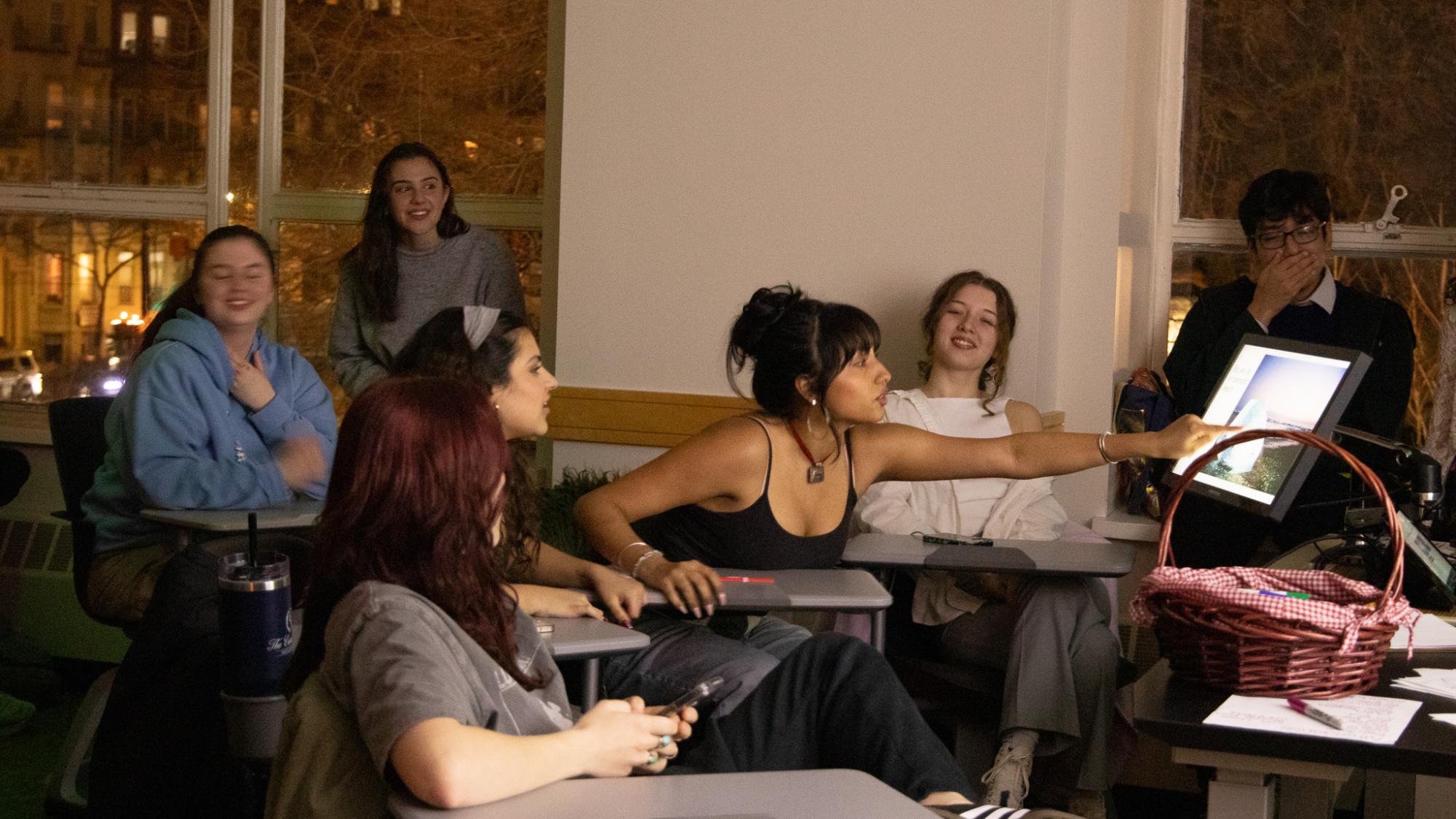
Once final submissions are chosen for the magazine, the design team begins crafting the format of the issue by pairing a poetry or prose submission with a piece of submitted artwork or photography. The concept of each edition is derived from common themes found in the accepted submissions.
“We try to characterize the feeling of the magazine and think of specific names,” Madden said.
The magazine’s most recent edition, “Dichotomy,” was published in fall 2023. The introduction letter to the issue was written by RJ Frankenberry, a fourth-year economics and environmental studies combined major and Spectrum’s finance manager. The introduction establishes the edition’s theme of contradiction and complexity in oneself, relationships and culture.
“We are all dichotomies,” the letter reads. “Self-awareness is met with avoidance. Passion with disinterest. Belief with skepticism. … Accept all the good, all the bad and see the beauty in both. Because we all embody dualism and life would be boring without it.”
While the magazine uses an extremely thorough curating and designing process, the club remains highly productive by submitting a spring, summer and fall issue. Desai explained it is about a two-month process from choosing final submissions to producing the printed magazine.
The spring 2023 issue granted Spectrum its first award of recognition. Madden and Desai submitted the issue, titled “Hypotheses,” over the summer to be judged in the competition. For the 2023 competition, 375 magazines were submitted.
“It means a lot that out of so many magazines across the country, we were awarded,” Desai said. “It’s nice to be recognized for the amazing talent that comes out of this lovely community.”
In an email addressed to The News, Spectrum’s executive board wrote, “We would love to thank Northeastern, CAMD, CSSH and all faculty and advisors for continuously supporting our magazine.”
The Spectrum community has been rapidly growing — membership in the university’s literary arts magazine has increased dramatically in recent years, Madden said.
“This is the highest membership we’ve had in the last five years,” Madden said. “We have a lot of different levels of involvement.”
There is no sign of stopping for the club, as it continues to expand and highlight new creators. The magazine uses rolling submission to accept student work year-round. Those interested in submitting must fill out a short form in addition to their piece.
“The coolest thing is the model of being able to submit your work and have it featured without needing to be more involved than that,” Madden said.
Because of this open-door format, Spectrum includes a diverse range of individuals. While members have varying majors and interests, they all share one thing in common: a passion for creating.
“There are so many creative people around us that aren’t doing creative majors. They could find Spectrum as a break away from academic life with the chance of getting featured in a magazine,” Madden said. “The members in general are a very diverse range of majors. There is a huge mix of writers, photographers and artists.”
The creating process provides a unique opportunity for artists and club members alike to explore their emotions and become vulnerable with each other, Gutierrez said.
“Since everyone can submit, anyone with emotion or experiences they want to share can write or paint about it,” Gutierrez said. “Everyone has probably been through something that you have been through. People can resonate with that because art can emit so much emotion.”
With this mentality, Spectrum is breaking the stereotype that students are defined by their academic majors.
“You can be an engineering major who likes to write poems on the side and still have your creative work published,” Guiterrez said.
In this way, Spectrum Magazine represents a “dichotomy” in itself. Members of the club cannot be put in one box, but rather flourish with a variety of creative talents.
“No matter your major or field of study, Spectrum is a place to learn and embrace your creativity,” Desai said.
Northeastern has several magazine organizations on campus, but none quite like Spectrum, Madden said.
“We’re not just a literary arts magazine publication, we’re more than that,” Madden said. “We’re a creative community with the main goal of uplifting creative voices at Northeastern.”
